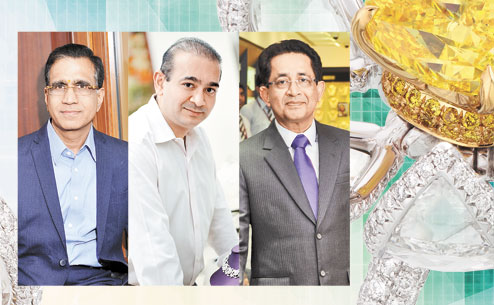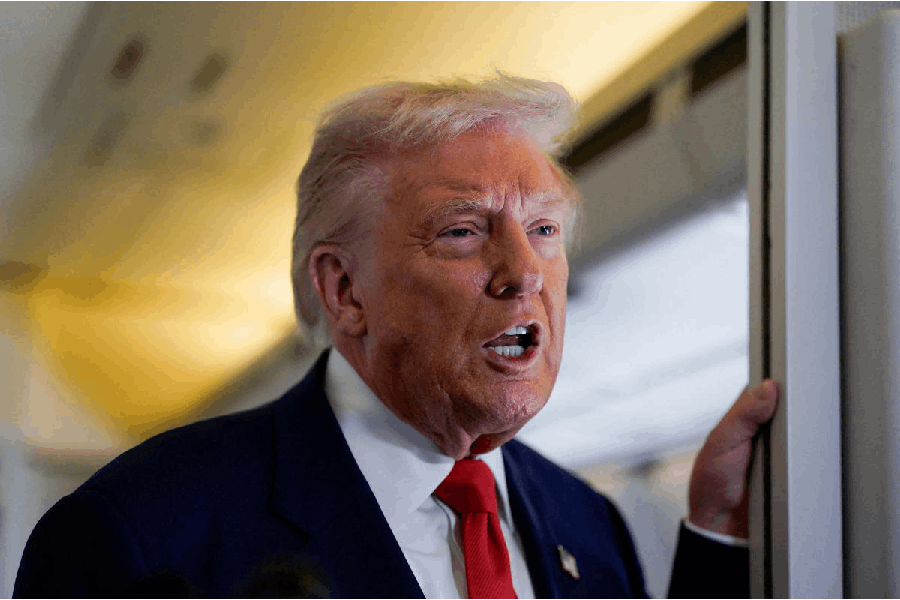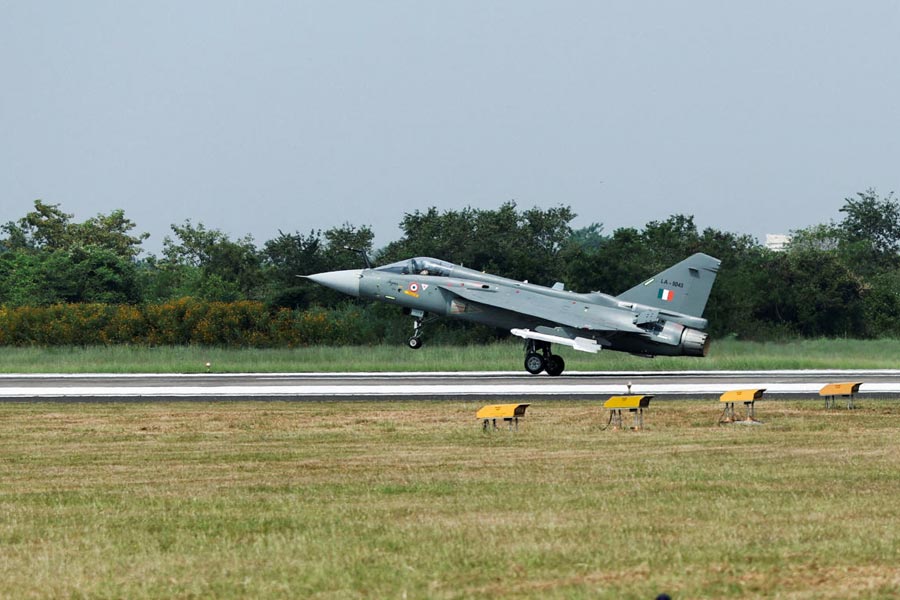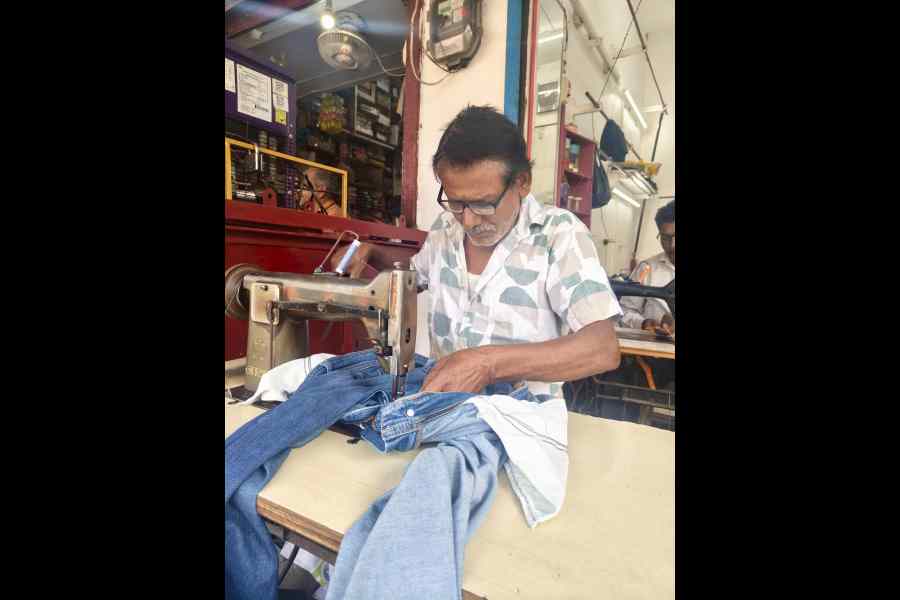
India’s wine industry may still be growing in little sips — but Kapil Grover’s company is expanding in great big gulps and it’s about to launch its most expensive wine ever. “The future of the industry is quality,” insists Grover, founder and chairman of Grover Zampa, the country’s second-largest winemaker.
Kapil Grover is one of the industry’s most enduring veterans — Grover Vineyards launched its wines in 1992 — and even through the greatest ups and the worst downs, he’s insisted he’s not interested in playing the volume game or going for hell-bent-for-leather growth.
.jpg)
He’s still sticking firmly to that course and looking at raising the quality bar on everything Grover makes. “We’re going more on premium,” he says, in contrast to market lea-der Sula, which is tilting toward the lower end of the market.
Grover Zampa’s launching a top-of-the range, barrel-fermented Shiraz wine called Insignia around Diwali, to be priced around Rs 5,000. It’s also focusing on two sparkling wines recently launched in the south. (Sparkling wines are turning into hot favourites with Indian wine-drinkers.)
Simultaneously, Grover Zampa is making an ambitious foray into wine tourism. Construction is about to start on a five-star hotel to be run by a top operator at its Maharashtra property. “It’s a beautiful property on top of a hill. It’s god’s own country,” says Grover, adding: “We’re going to go quite big into wine tourism in Nashik. And we’ll do the same in Bangalore.”
In fact, quality has always been Grover’s watchword. Now, the company’s raising the quality of the La Réserve brand and giving it a matching packaging makeover. In 2015, Grover Zampa Vineyards won 21 international wine awards including a silver at the Decanter Asia Wine Awards for the Vijay Amritraj Reserve Collection Red. And Grover Zampa’s Sauvignon Blanc and La Réserve are served in premier London wine bar Gordon’s.
.jpg)
Grover Zampa’s also getting a thumbs-up from the French. Domaine Labruyere, a highly reputed family winery has just invested in the company — its first-ever investment outside France. Grover Zampa will be benefiting as well from Labruyere’s technical expertise and Edouard Labruyere, the sixth-generation scion, is sitting on the company’s board. In what’s an extra bonus, Labruyere, unusually for a French winery, has vineyards in all the major wine-growing areas from Bordeaux and Burgundy to Champagne.
(1).jpg)
Getting Labruyere on board was a masterstroke by financial guru Ravi Viswanathan, known as the key behind-the-scenes mover in the Indian wine industry. Singapore-based Viswanathan has a 25 per cent stake in Grover Zampa (on a par with Grover) along with a sizeable holding in market leader Sula Wines. Viswanathan also runs the only India-specific wine fund. The Singapore-based fund is called Visvires Indian Wineries and Labruyere has invested through it. “Labruyere’s completely Ravi’s contribution. We didn’t know them from Adam,” confesses Grover with disarming candour.
Viswanathan’s influence has also made its impact in other crucial ways. He helped to bring together Grover Wines and Vallee de Vin, makers of Zampa wine, to create Grover Zampa Vineyards in 2012. Zampa was promoted by two key figures in the Indian liquor industry, Deepak Roy and Ravi Jain, and a third partner, Neeraj Deorah.
The merger was a match made in heaven as it gave the new company a bigger portfolio and clout both in Maharashtra and Karnataka (Grover’s vineyards were in the Nandi Hills region outside Bangalore and Zampa’s in the Nashik region, where Maharashtra’s industry is concentrated).
Roy, who’s executive vice-chairman of Allied Blenders & Distillers, Jain and Viswanathan all are active in Grover Zampa along with Sumedh Singh Mandla, the CEO who’s been with the company for four years. Also vital to Grover’s operations is Kapil’s daughter Karishma Grover, who joined after getting a University of California viticulture degree and now looks after the production side.
.jpg)
Together, the new team pulled Grover back from the edge where it was teetering a few years ago. In 2008, Grover faced a problem called calcium sedimentation which ruined an entire batch. “We were out of the market from June 2008 to February 2009” until the company sorted out its technical problems, says Grover. “It was a huge setback but I’m proud of the call we took,” he adds.
.jpg)
While Grover was clawing its way back into the game, other Indian companies were going through their own traumas.
But since 2012, the new team with CEO Mandla playing a lead role, particularly in marketing, has performed a spectacular turnaround. In the last three years, Grover Zampa has nabbed a string of top awards on the international wine circuit and grown by 50 per cent over the period.
Bringing out Insignia will cap its efforts at moving into the top end, even though only small quantities of the wine, which has been matured for 24 months, will be put on the market. In fact, Viswanathan, who’s a partner in Saha, an Indian restaurant in Singapore, tasted the wine and liked it so much he bought one barrel on the spot to serve his customers. Says Grover: “Ravi tasted it and said, ‘My god this is something out of this world’. So, there were two barrels and he took one immediately.”
.jpg)
Says Grover about his co-promoter: “Ravi’s commitment to the Indian wine industry is unparalleled. He has a fabulous wine collection and tremendous contacts particularly in France.” Grover also has a fund of anecdotes about Viswanathan, who’s famously low-profile and taciturn unless he knows a person well. His first lunch meeting with Grover was strained. When asked about the Indian wine industry, Viswanathan replied tersely: “Quality and branding.”
“It took two years to break the ice,” Grover says. “By the time he invested we were comfortable and today, we can’t get a word in edgeways.”
.jpg)
But the fact is the go-go boom years of India’s wine industry are over and it is settling down to a new reality. During the first decade of the new century, players attracted by the industry’s glamour leapt in and launched wineries. They fast discovered wine-growing and producing is a tough game that’s dependent on fickle harvests.
The result is players have been going out of business and farmers uprooted their grapes and were switching to other crops when they found they weren’t getting paid. Says Grover: “About 60 per cent to 70 per cent of the plantations have been uprooted because they weren’t paid. That’s created a huge shortage. We’ve had to cut our targets because the grapes are not there.” Now, in an attempt to solve the problem, he’s just signed up long-leases for 100 acres of vineyards in Maharashtra and Karnataka.
Having Viswanathan on board in these tougher times for the industry has been a huge advantage. Says Grover: “Everyone who’s up for sale goes directly to one person. We get to know when people are in a lot of pain. Depending on where he sees a fit, he’ll go to Sula or us.”
Kapil Grover has always been an optimist on the wine business in India. He says: “I call it a 25/25 industry meaning 25 per cent growth a year for the next 25 years. Not many people in the world say that.”
To back this assertion, he notes even assuming the Indian middle-class is only 20 million — a very conservative figure — if each person consumed one bottle, it would add up to 20 million bottles. “A husband and wife, two birthdays and an anniversary. It becomes 60 million. It should grow exponentially but it’s not happening,” he says, taking a sip of whisky in the drawing room of his sprawling Napean Sea Road flat, which overlooks the lush Priyadarshini Park and sea beyond.
.jpg)
India’s wine industry is just limping along, selling a mere three million cases annually when countries like China have become giants where more than 150 million cases are drunk each year. “I don’t understand what’s holding us back,” says Grover.
Adds CEO Mandla: “The base is still very small in our country. Three million cases compared to 300 million cases for the spirits industry. The gap is huge.”
But Grover Zampa has spread its wings in a steady fashion in recent years and moved to most parts of the country. And it’s pushed hard on the export front too, selling to countries like France and Japan and making a big effort in the tougher UK and US markets. Says Grover: Many sales have “really been because of the popularity of In-dian cuisine. In France and Japan, about 90 per cent of what we sell is in Indian restaurants. I say it’s the low-hanging fruit. Make your name in Indian restaurants and move on.”
And one thing hasn’t changed at Grover Zampa. The company’s winemaking guru is still French international wine consultant Michel Rolland who’s guided Grover right from its inception. Even today, he returns to check what’s happening at the vineyards. “This is a passion industry. You have to be in it for the long term,” Grover concludes.











